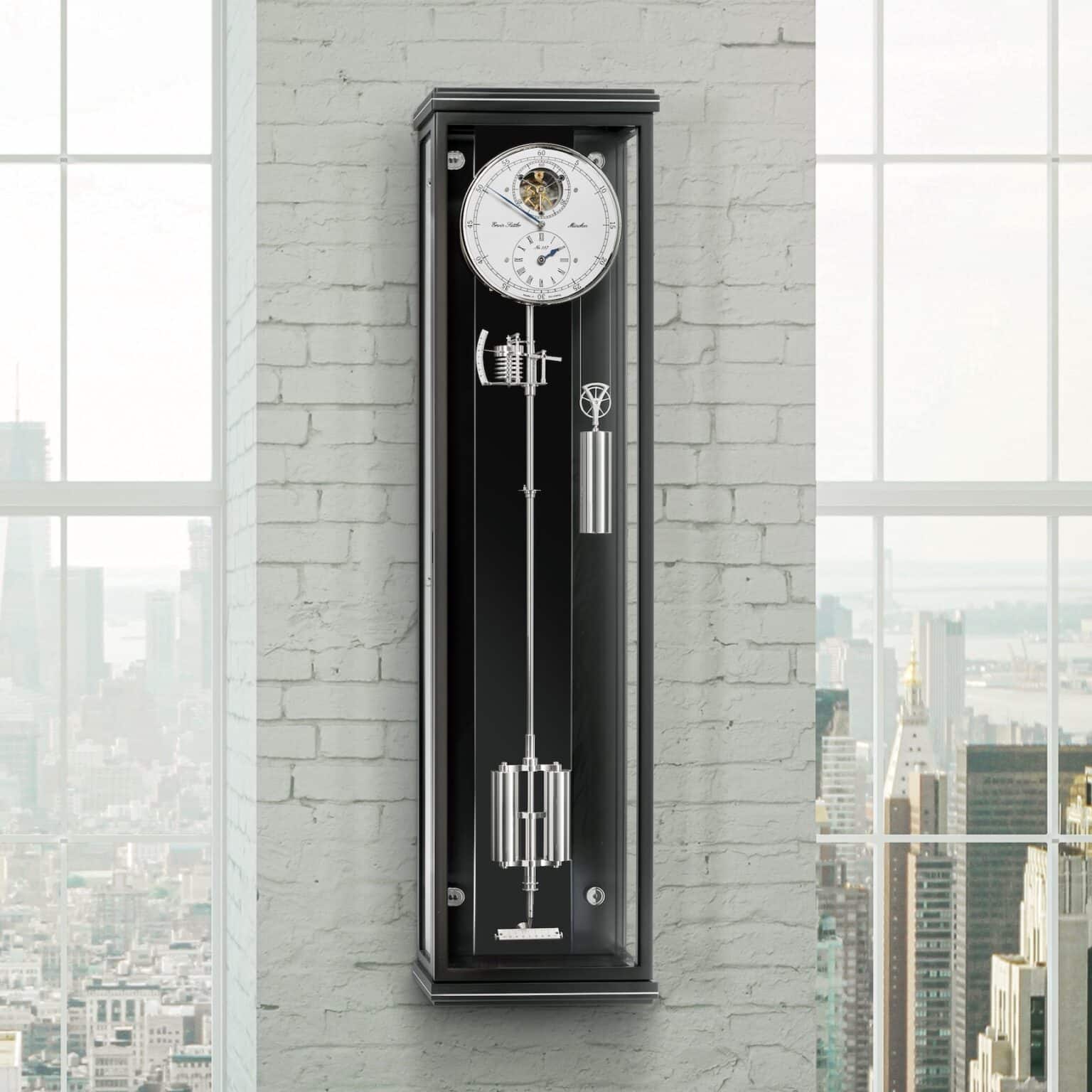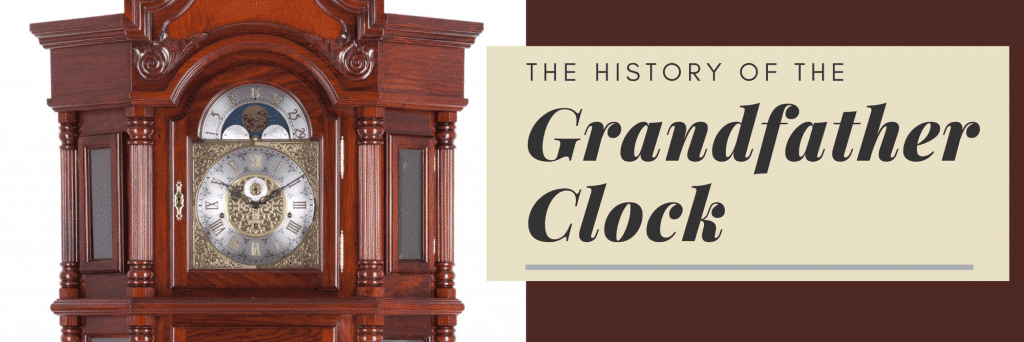
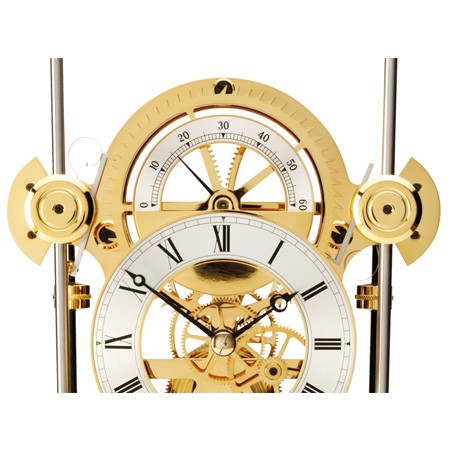
In 1845 an Italian precision instrument maker, Onorato Comitti, travelled to England seeking a new future in the land that was enjoying the unprecedented prosperity generated by the Industrial Revolution and in 1850 he open his workshops alongside other specialist makers in Clerkenwell, London.
Dedicated to the pursuit of perfection and innovation, he quickly achieved an unsurpassed reputation for his recording instruments including the finest quality mercury and aneroid barometers. It was during the late Victorian period that the company gained renown as one of the finest clockmakers in England receiving the Diploma of Honour for the company’s workmanship in 1888.
More than 150 years later, Comitti is still a family-owned business, run by the fifth generation, which remains true to the founding principles of Onorato Comitti and continues to maintain the company’s international reputation for luxury timepieces in the finest traditions of English clock making.
Original Comitti barometers and clocks from those early days are now sought-after and valuable antiques. Tellingly, some of the Comitti styles created in the late 1800s continue to be made today, using many of the same techniques and attracting the same wonder that they always did. Such a heritage allows the Company to offer a bespoke maintenance and restoration service for all antique clocks and barometers.
Dedicated to the pursuit of perfection and innovation, he quickly achieved an unsurpassed reputation for his recording instruments including the finest quality mercury and aneroid barometers. It was during the late Victorian period that the company gained renown as one of the finest clockmakers in England receiving the Diploma of Honour for the company’s workmanship in 1888.
More than 150 years later, Comitti is still a family-owned business, run by the fifth generation, which remains true to the founding principles of Onorato Comitti and continues to maintain the company’s international reputation for luxury timepieces in the finest traditions of English clock making.
Original Comitti barometers and clocks from those early days are now sought-after and valuable antiques. Tellingly, some of the Comitti styles created in the late 1800s continue to be made today, using many of the same techniques and attracting the same wonder that they always did. Such a heritage allows the Company to offer a bespoke maintenance and restoration service for all antique clocks and barometers.
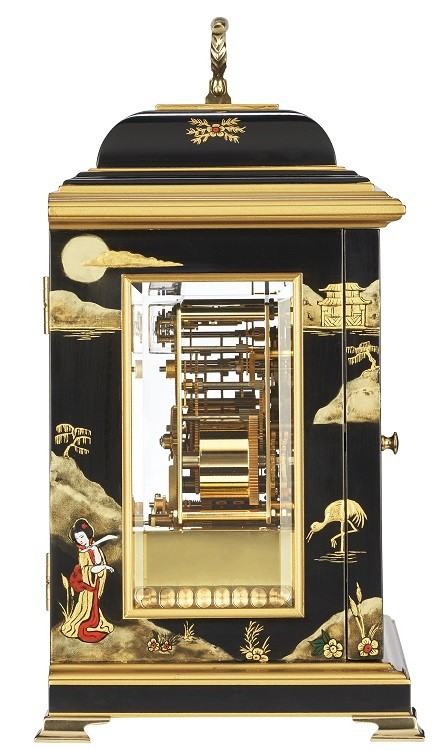
The trading activities of the English East India Company in the far east stimulated great interest in lacquered furniture from China and Japan. A technique of artwork called Chinoiserie was developed by English craftspeople to bring the exotic sophistication of the Far East into British homes.
In 18th Century London the fashionable set embraced a new art form that represented a romantic interpretation of the orient through a European perspective. The finest cabinet makers of the day fell under the spell of this art form that became popularly known as Chinoiserie. Ownership of fine clocks and furniture decorated in Chinoiserie added glamour to the home, inferring worldliness and sophistication. Comitti Chinoiserie clock cabinets are produced from solid cherry and then lacquered in either black, green, red or blue. Five layers are applied with light sanding between the coats. The surface is then pulled over and burnished to achieve a ‘piano’ finish. Each artwork has a unique combination of ancient oriental motifs such as dragons, pagodas, birds and Mandarins, used by the artist to depict traditional oriental scenes with courtiers at play in mythical lands. The detail is marked out and then gesso applied and shaped by hand to create the three dimensional relief. These areas are then sized, gold leaf is applied and then the artwork created on the gold leaf using colours from the artist pallet. Gold powders are used to create the shading and ground work, and gold paint for the line-work. Finally the artwork is sealed using gold size and polished by hand. Inspired by the Orient but with a very British heritage.
The popular early Georgian style basket top mantel clock with triple chime movement, circa 1705. Black lacquered piano finish cabinet, hand painted with gold leaf and exquisite Chinoiserie motifs.

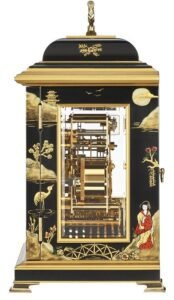
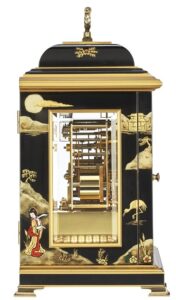
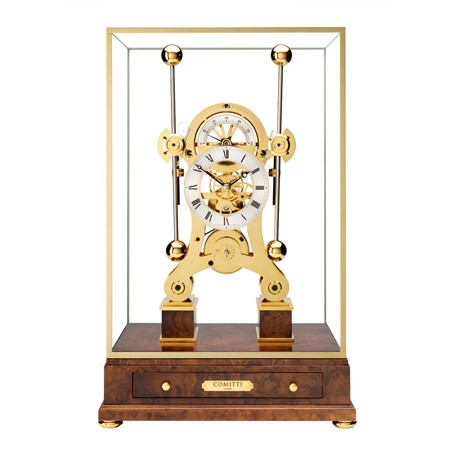
The Navigator is a tribute to clockmaker John Harrison (1693 – 1776) who made the world’s first marine chronometer. His unique timepieces made it possible for the first time for British naval officers to accurately calculate their longitude position. This technical breakthrough gave an extraordinary advantage to the navies of Great Britain in their quest for global exploration, trade and Empire. This unique story is revealed by Dava Sobel’s best-selling book and the movie “Longitude”. The rhythmic movement of the pendulum balances brings the Navigator to life. This flagship product is handmade in our workshops and available with a choice of gold, rhodium or black chrome plated finishes.
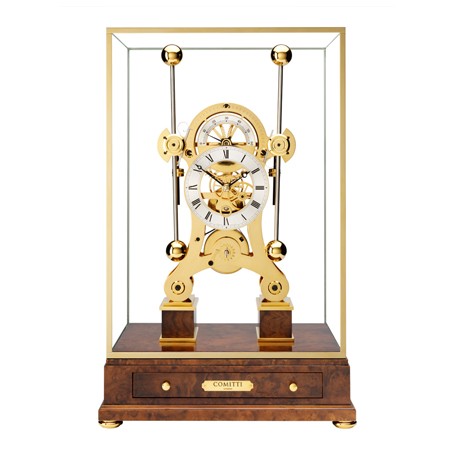
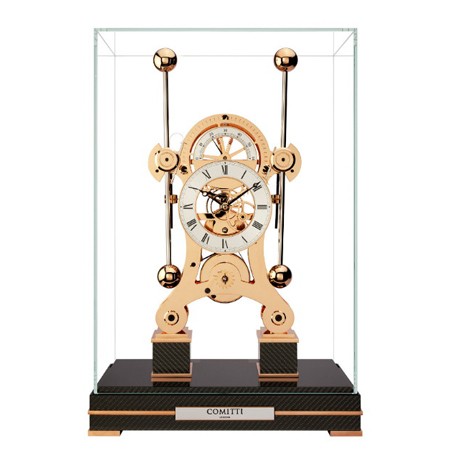
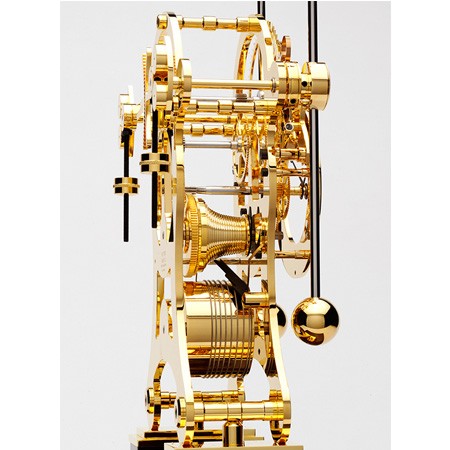
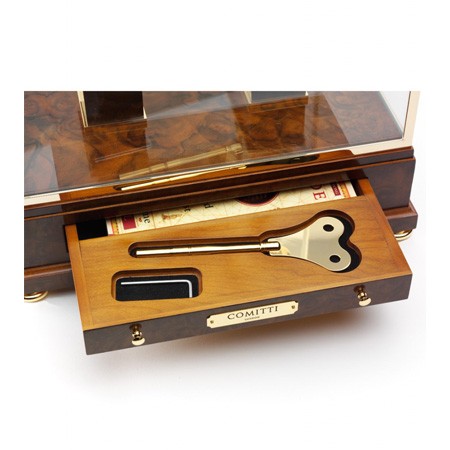
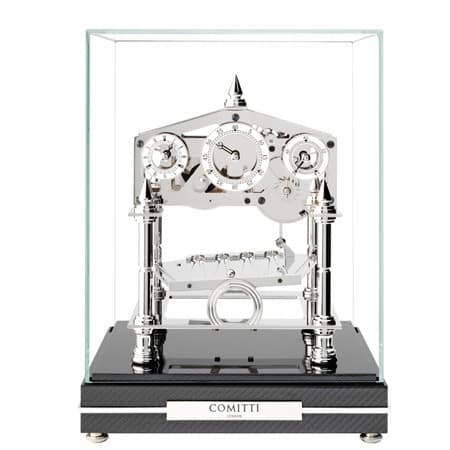

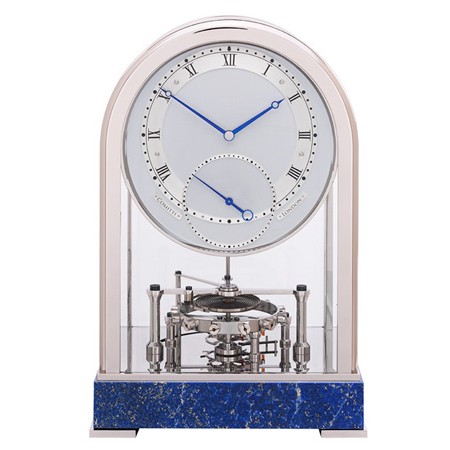
Inspired by the work of Dr George Daniels CBE (1926-2011), The Meridian timepiece features a jewelled version of his coaxial escapement and automatic winding system with a power reserve of over 12 months. This is a world first and a unique contribution to the art of mechanical clock making.
The handmade movement is highly polished and available in gold or rhodium plated finishes and a choice of base finishes. The movement is also available key wound with an 8 day power reserve. Please view the finish options below.
A limited edition of 500 pieces worldwide, each movement has a unique serial number engraved on the back plate and certificate of authenticity.
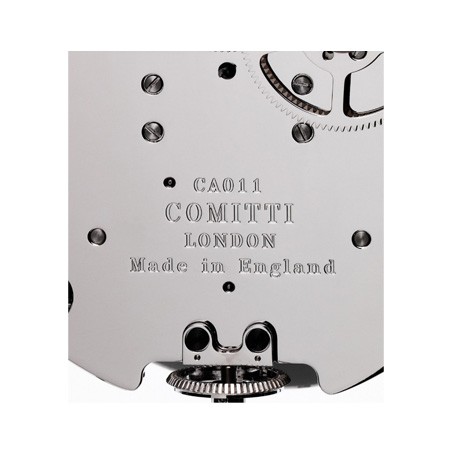
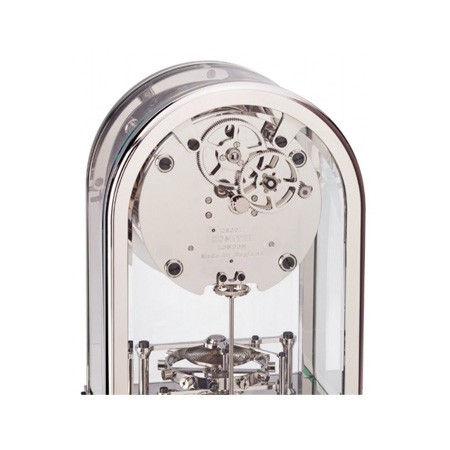
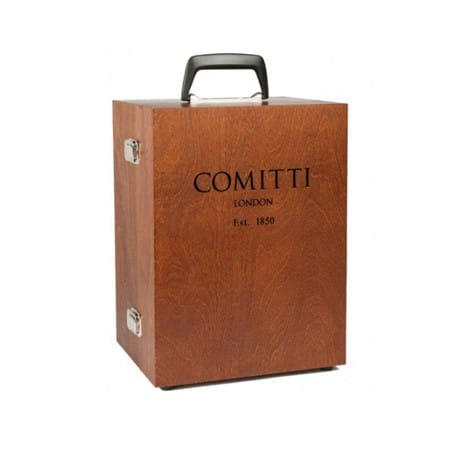
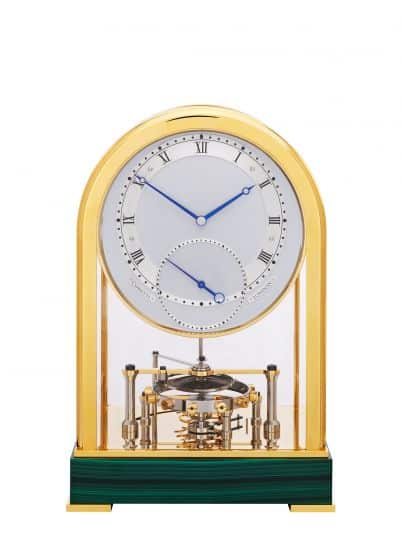

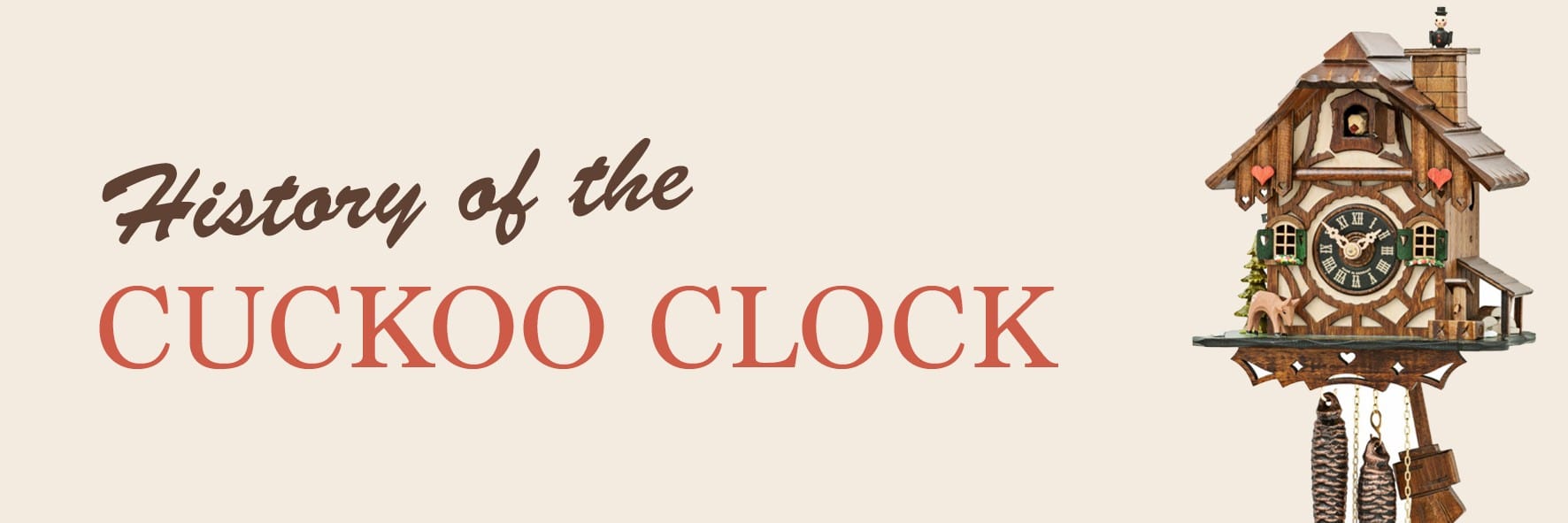
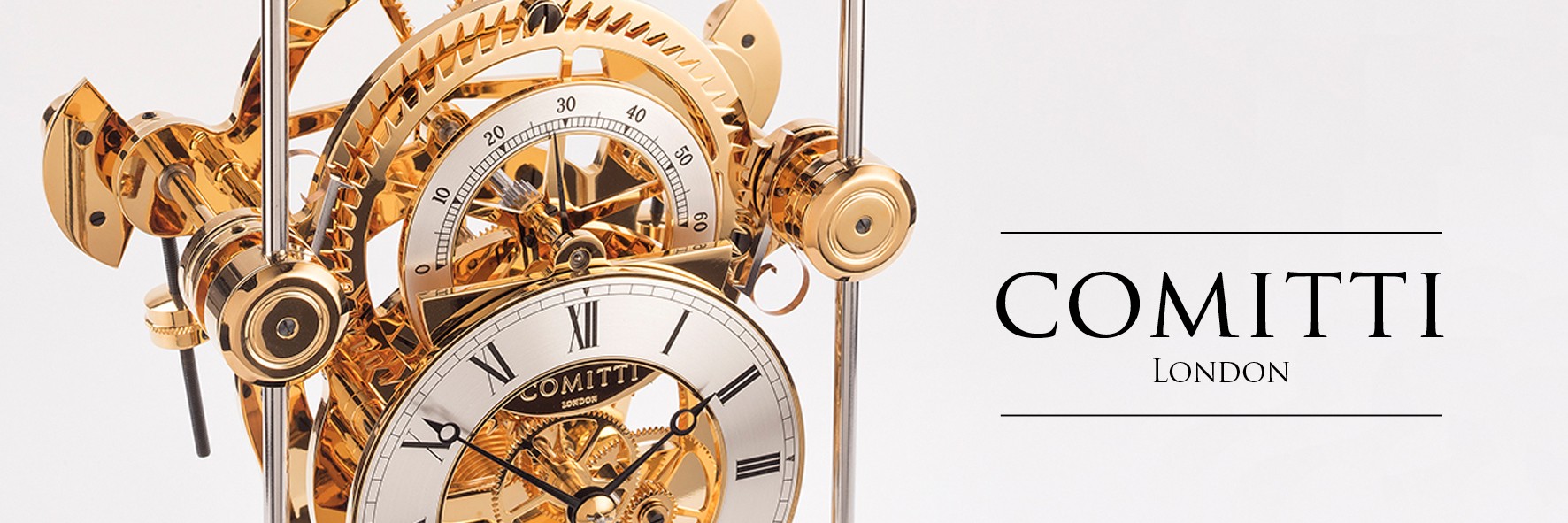
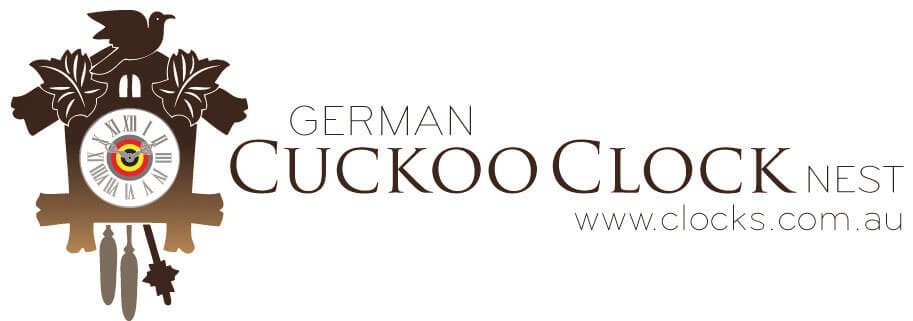
Shop Address: 143 Long Road, Eagle Heights, Qld, 4271
Postal Address: Po Box 163, North Tamborine, Qld, 4272
Trading Hours: 7 Days a week from 10am-4pm. Closed Christmas Day.
